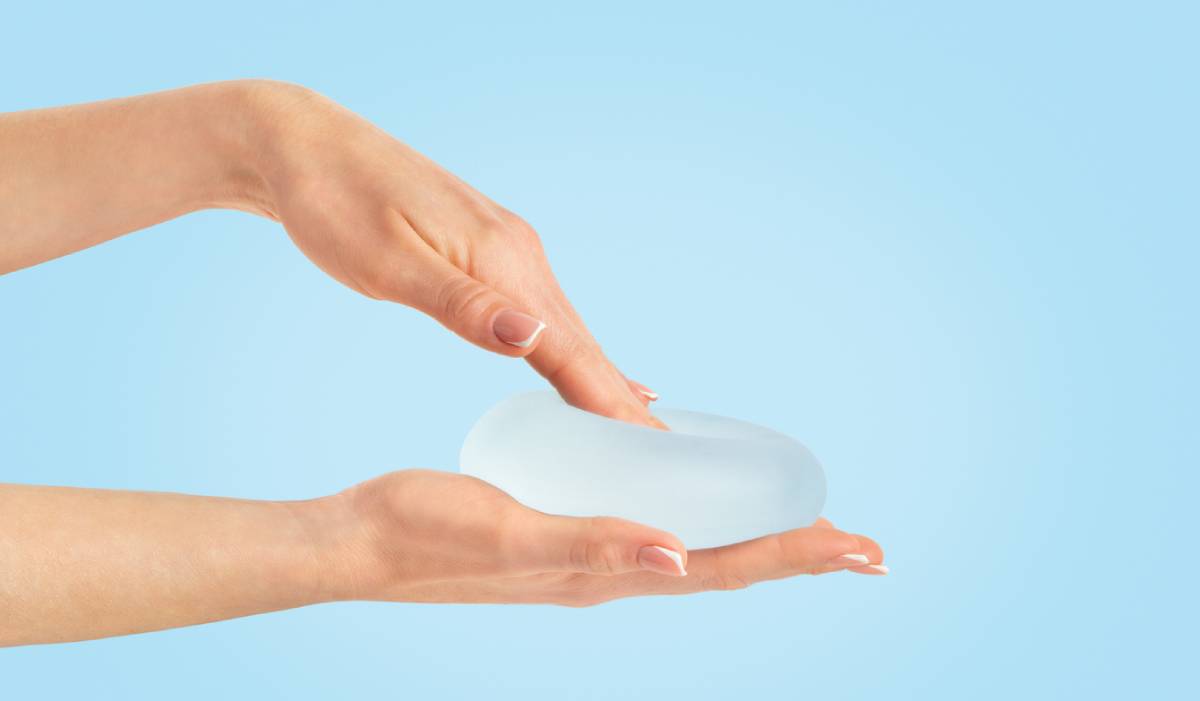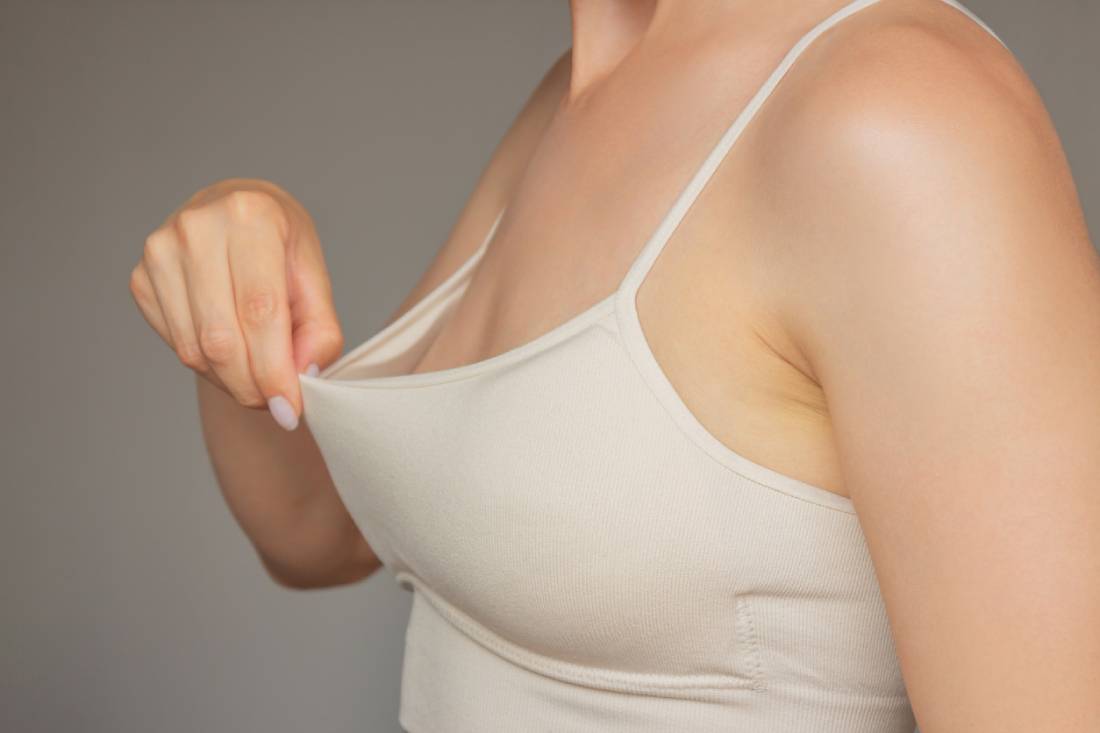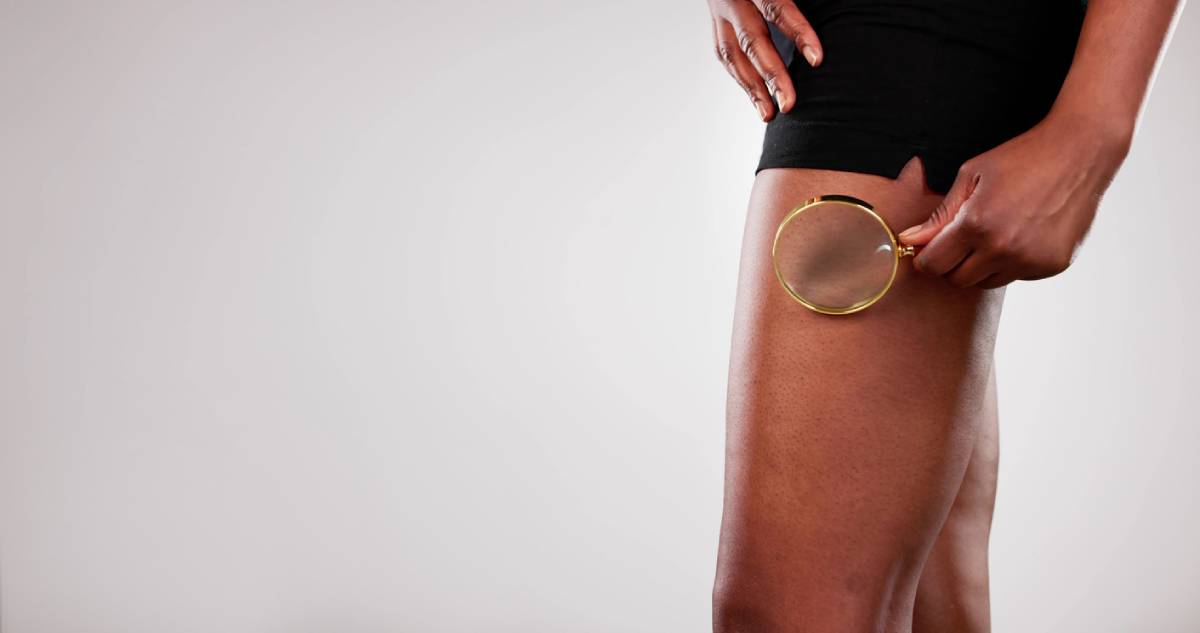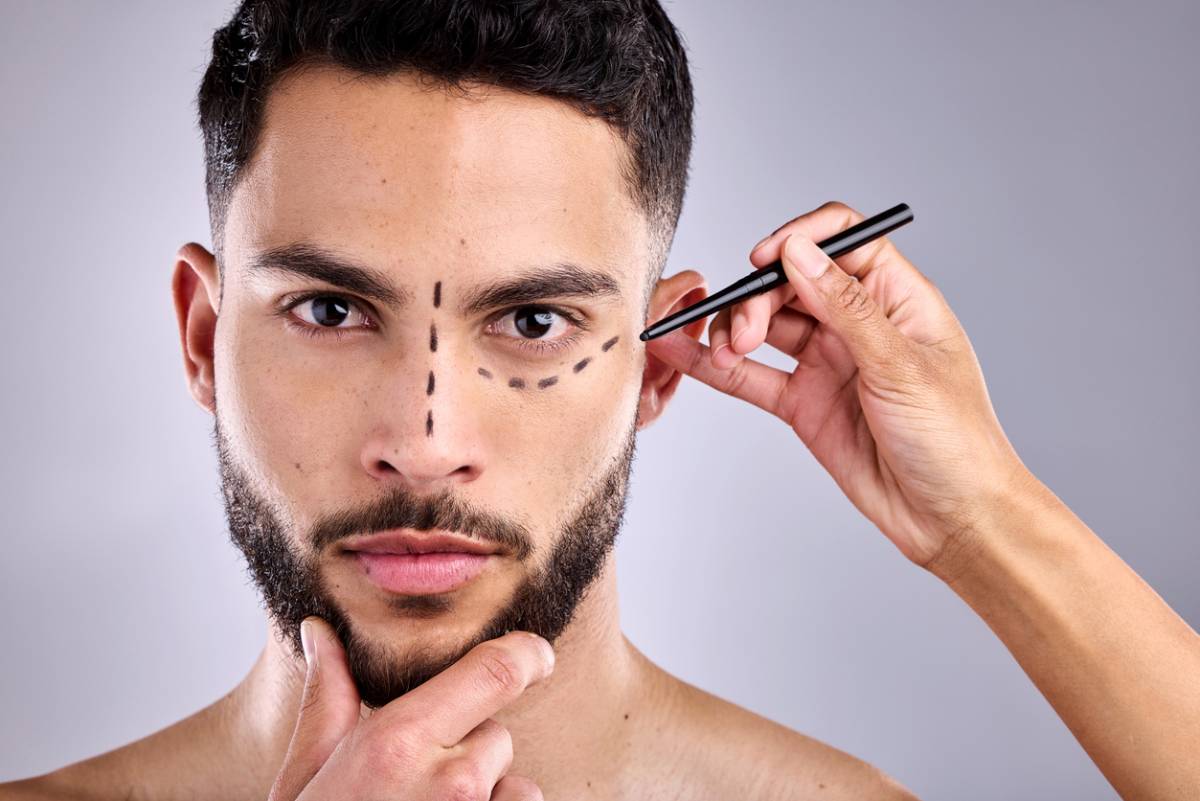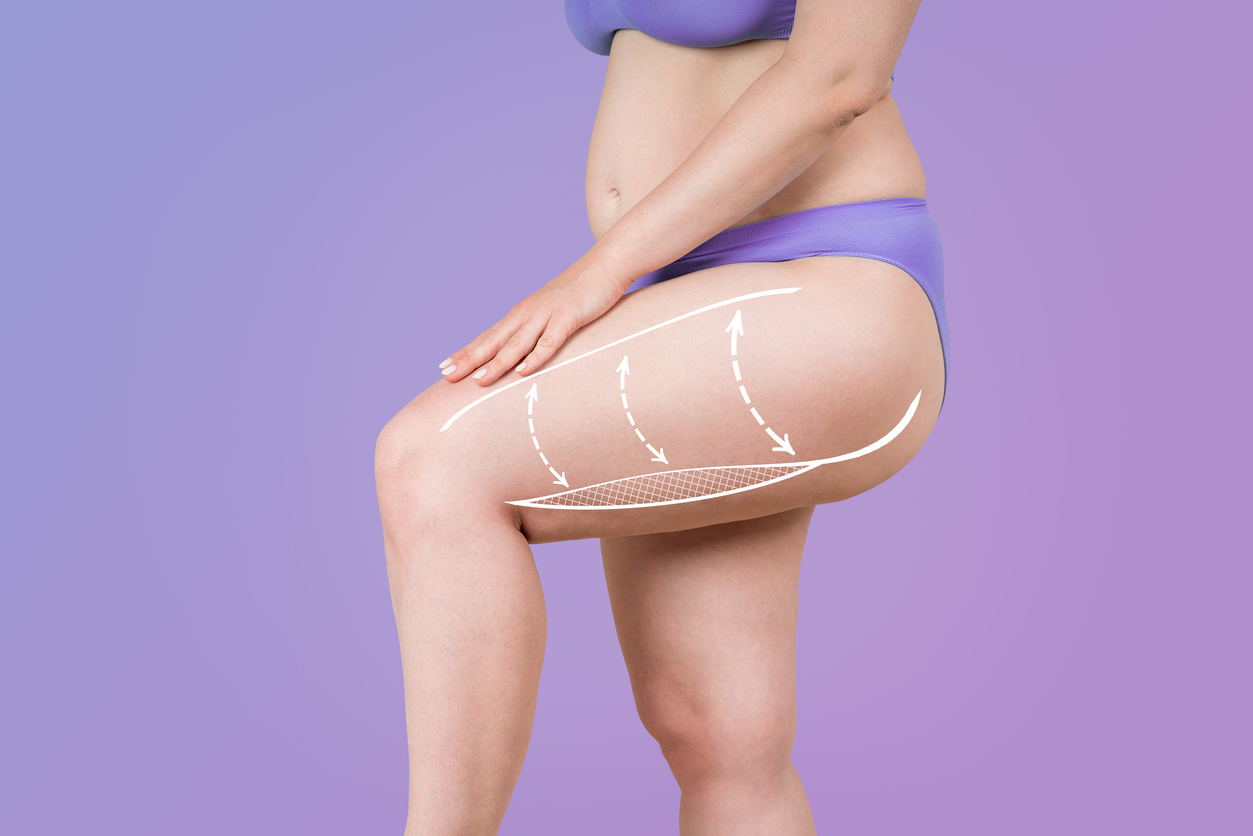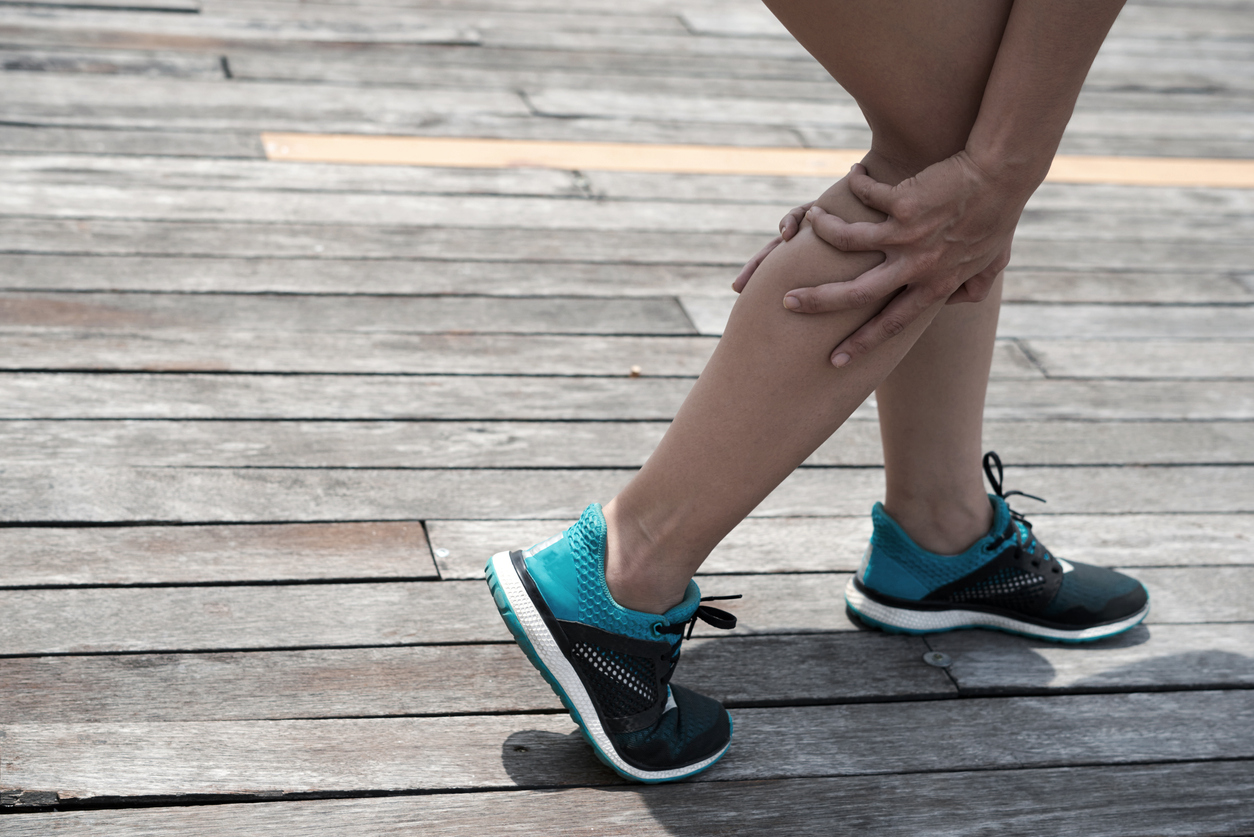What to Buy for Breast Reduction Recovery?
You’ve decided that investing in some products to help during the recovery process of breast reduction would be beneficial, and that is often the case, depending on what you purchase. The key to getting back on your feet and feeling normal as painlessly as possible is choosing appropriate items that support your recovery. Yes, your plastic surgeon will provide you with what you need following your reduction mammoplasty, but there may be a thing or two you should consider purchasing that will promote a more restful recovery. With so many products being advertised as helping recover after a surgical procedure, it can get overwhelming to determine what you need and what you would be wasting your money on. Discover effective products you should buy for breast reduction recovery.
What to Buy for Breast Reduction Recovery?
Comfortable Clothing
Your plastic surgeon and care team will provide you with all the post-op necessities required to prevent infection and manage recovery symptoms. Additionally, it may be beneficial to splurge on some post-op luxuries as well.
- Post-Surgery bras. If you are someone who prefers to wear a bra, even during recovery, some options will limit any discomfort. Look for bras that have a front closure, which will make it easier to put on and take off than a back closure.
- Loose-fitting tops. Following your procedure, you will want to limit the amount of pressure applied to breasts as much as possible. Looser-fitting clothes are going to provide less pressure and more comfort post-op. Consider button-ups or zipper hoodies for easy dressing that reduces the amount of movement necessary. Soft stretch materials are going to offer the most comfort and breathability.
Supportive Pillows
- Body pillows. Body pillows offer support and comfort during recovery. They can provide easier access to positions that better alleviate any pressure your breasts may be under.
- Extra pillows. Elevation to reduce swelling is a tried and true home remedy. Extra pillows are good for keeping areas of the body elevated to support blood flow and reduce bruising and swelling.
Supplies for Pain Management
- Pain relievers. With any surgery, you are likely to experience some discomfort. Over-the-counter medications like ibuprofen and acetaminophen are a great way to ease pain and can be alternated for maximum pain relief.
- Ice packs. From sports injury to post-op icing, the affected area is always a go-to remedy to reduce swelling and ease pain. Gel packs are a great option for ice packs as they can be molded to suit your needs.
- Cold water bottle. If you are on the hunt for something a little sturdier than ice packs, a cold water bottle might be for you. Like a hot water bottle, cold water bottles are typically silicone and are used to ease pain and swelling. The only difference is that instead of hot water, you will fill the water bottle with very cold water.
Surgery Site Care Supplies
- Bandages and gauze. Your care team will provide you with any wound care supplies you may need, but having some extra on hand is never a bad idea.
- Nonstick pads. Nonstick pads are a great tool in wound care. They keep any blood or seepage from fusing into the gauze. This keeps the gauze from removing the layer of dried blood or infection from being torn away during removal and reopening the wound.
- Antiseptics. Any antiseptics or topical ointments should not be applied unless specifically stated by your physician. All after-surgery instructions must be followed. If it pertains to the care and recovery following your procedure, consult with your doctor before going any further. Your care team is a vital resource during the recovery process of a reduction mammoplasty.
The Road to Recovery
When being diligent on your road to recovery, it is important to consult with your surgeon about any specific details about your recovery. Techniques and recovery procedures vary from surgeon to surgeon, and there is no universal technique that is good for everyone. Any information gained that doesn’t come from your surgeon or care team should not be implemented above your official post-op instructions. Instructions provided by your healthcare team always take precedence.
However, adding in a few purchases for comfort that alleviate pressure and reduce swelling will very rarely get any argument over. Remember, these products are not necessary for a healthy recovery. Purchasing products that are going to aid in your recovery doesn’t have to be complicated or expensive. With a couple of well-informed purchases, you will be on your way to optimal recovery.
References:
Dickie, S. (2022). What to expect after your breast reduction surgery.
